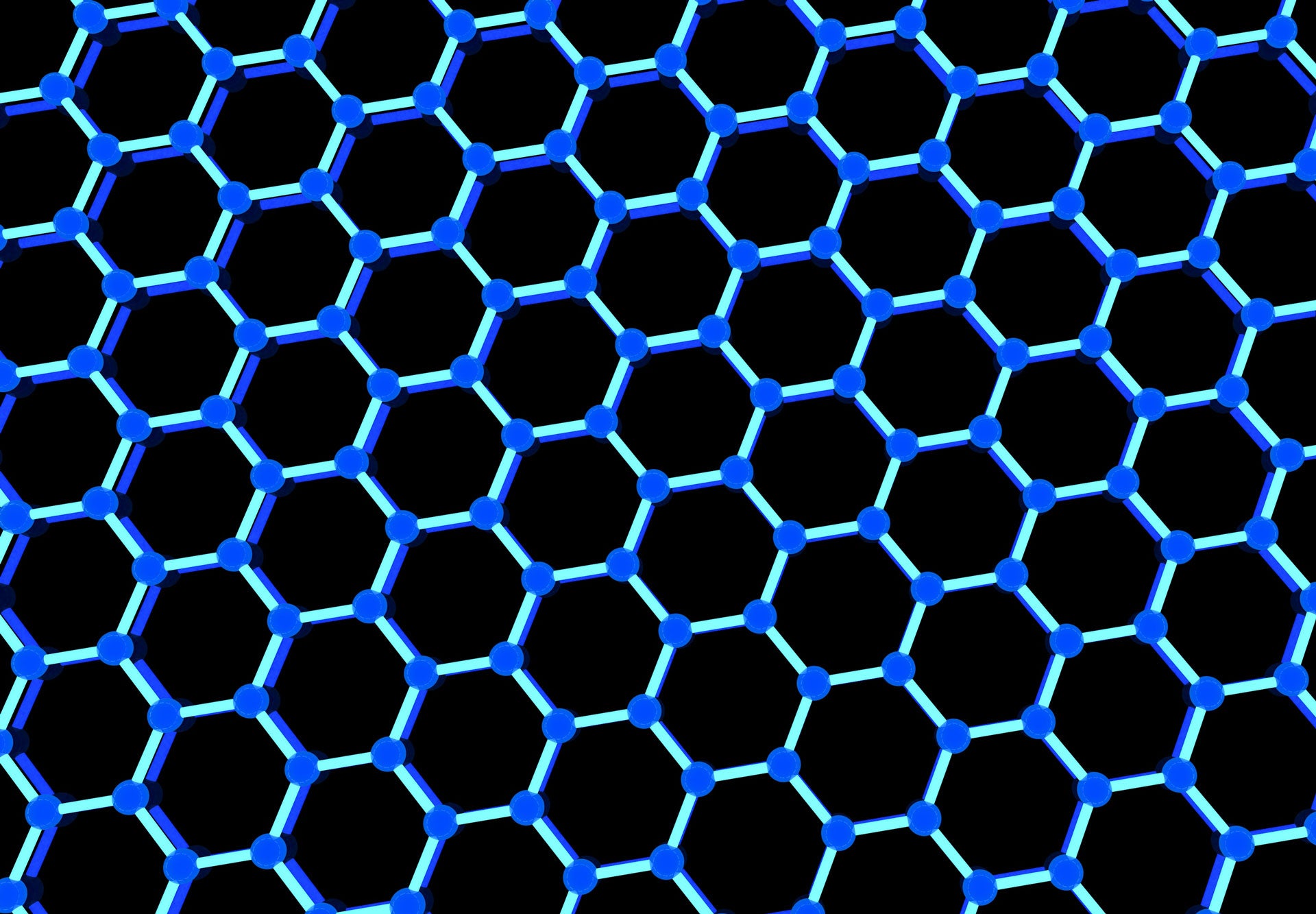
Graphene, the first two-dimensional material ever discovered, is being incorporated into water filtration systems to produce results far beyond what is currently possible.
The graphene water filtration system is being developed in a project between the National Graphene Institute (NGI) at The University of Manchester and LifeSaver, the creator of the first portable water filter that could remove even the smallest known waterborne viruses.

Access deeper industry intelligence
Experience unmatched clarity with a single platform that combines unique data, AI, and human expertise.
It is hoped that it could help save more lives by providing disease-free water.
LifeSaver hopes to reduce the sieve size of its ‘hollow fibre filtration membrane’ from 15 nanometres to less than three nanometres using graphene.
Even at 15 nanometres, the filtration removes bacteria, microbial cysts and viruses, but at the smaller size, the filters would remove more contaminants, including heavy metals, pesticides, some chemicals and, potentially, nuclear radiation.
Graphene is one of the strongest known materials
The 18-month research project will see the material incorporated into existing LifeSaver technology, showcasing graphene’s wide-reaching potential across a host of industries.

US Tariffs are shifting - will you react or anticipate?
Don’t let policy changes catch you off guard. Stay proactive with real-time data and expert analysis.
By GlobalDataAs well as being a two-dimensional material, made up of a single layer of atoms, graphene is one of the strongest materials to be discovered.
Researchers at NGI have led the way with graphene membranes, which have high levels of flexibility, conductivity and crucially filtration.
This has already led to some commercially available products, including shoes containing graphene.
Applying graphene to water filtration systems
The UK-founded LifeSaver arrived on the scene after the massive natural disasters of Hurricane Katrina in 2005 and the Indian Ocean Tsunami in 2004.
Its products became known as a solution to drinking water issues in the humanitarian sector and also among outdoor enthusiasts. However, it’s partnership with NGI has the potential to create unprecedented water cleaning solutions beyond what is currently possible.
“Making a graphene-based portable water filter was our dream, and this collaboration with LifeSaver will enable that dream to be a reality sooner than later,” said Professor Rahul Nair, who will lead the project at The University of Manchester.
“The University of Manchester is the world-leading centre for graphene membrane development, and LifeSaver has the expertise in making a portable water filter. This is a great example of a collaborative project where we are trying to combine two independently developed technologies into one, to enhance the quality and availability of drinking water for those who need it most.”
“The partnership with NGI excites all of us at LifeSaver as it provides a potentially game-changing opportunity in our patented technology platform,” said Chris Marsden, chairman at LifeSaver.
“This, in turn, allows us to continue to provide leading edge technological solutions to our key global humanitarian, military and retail markets.”







